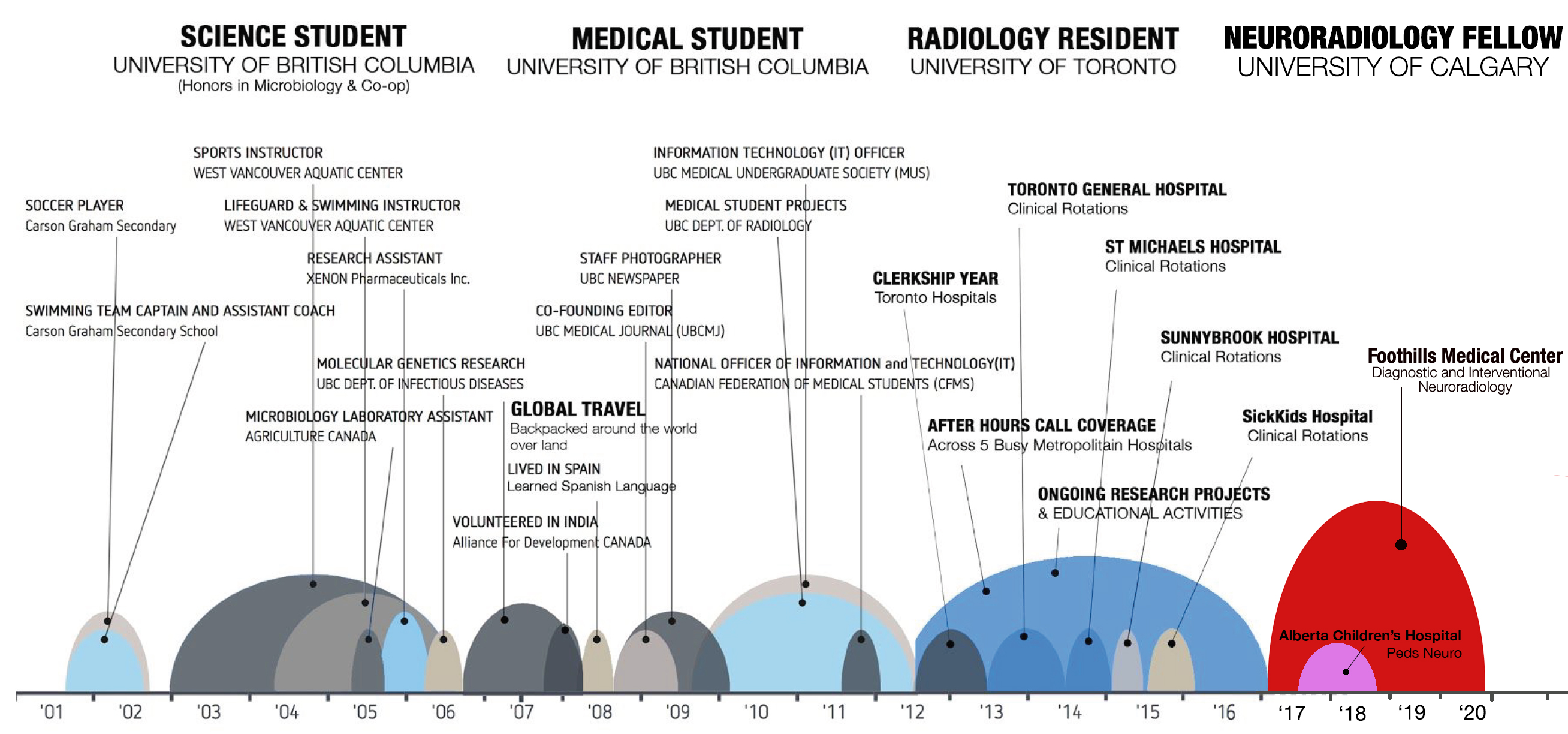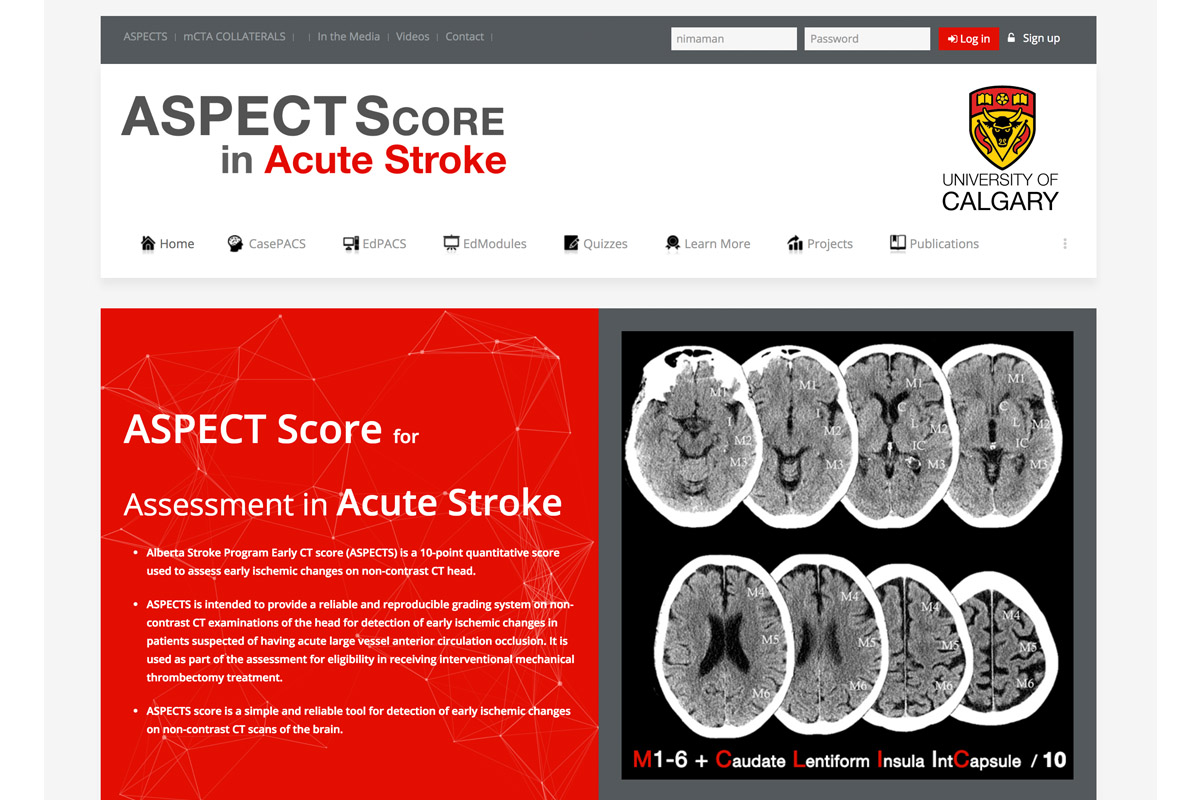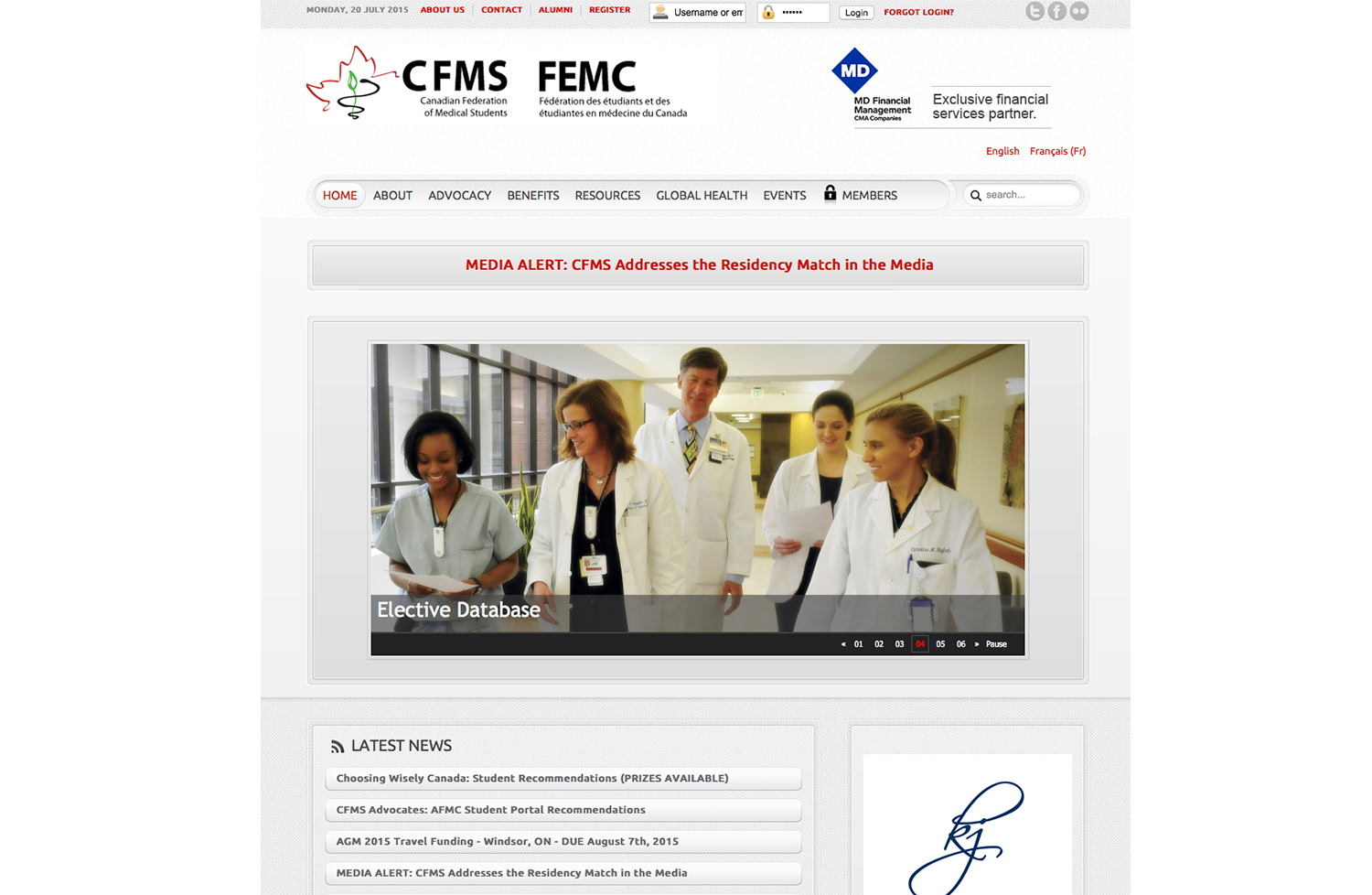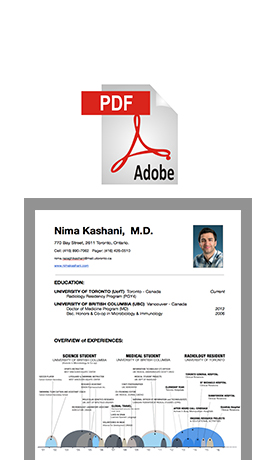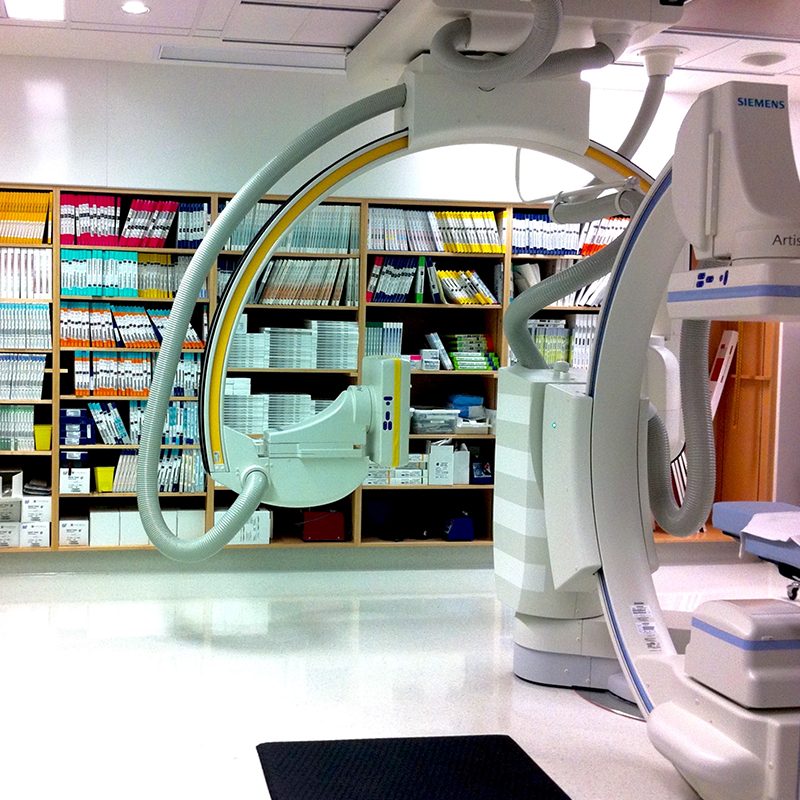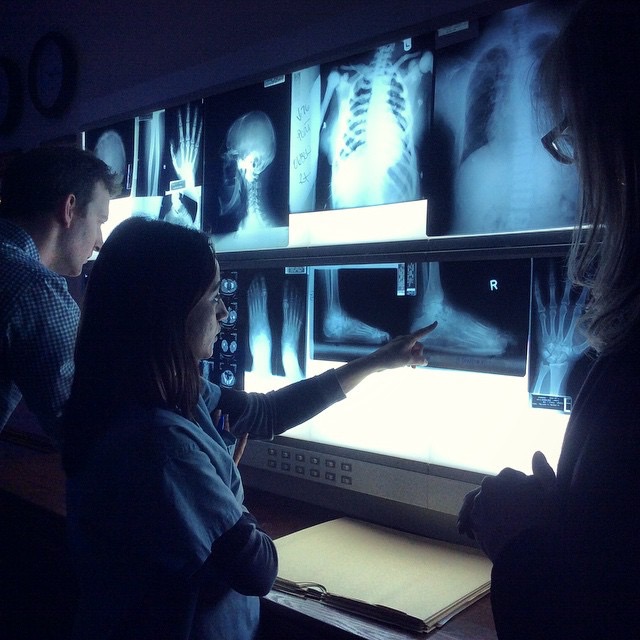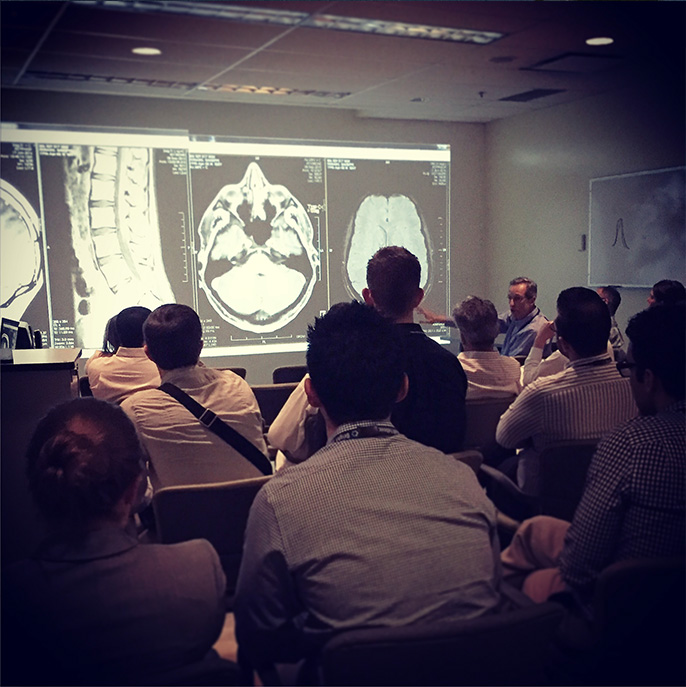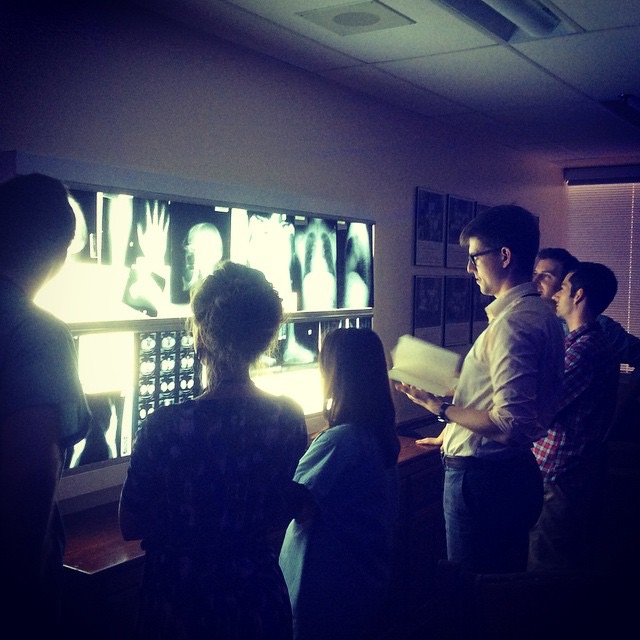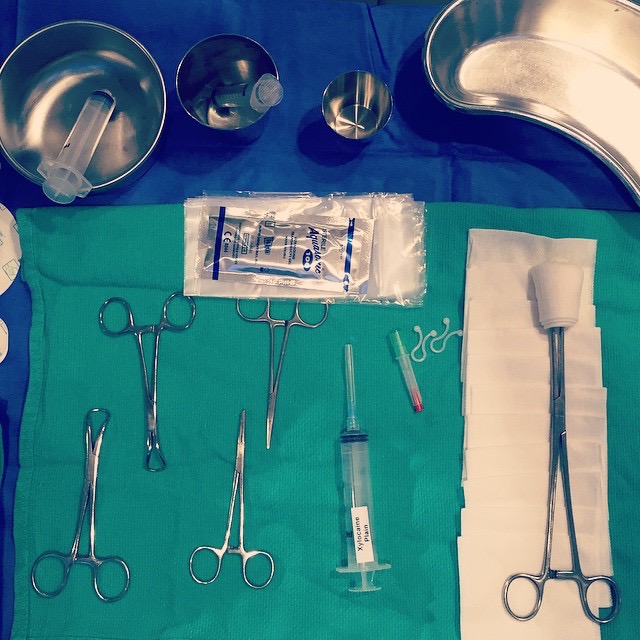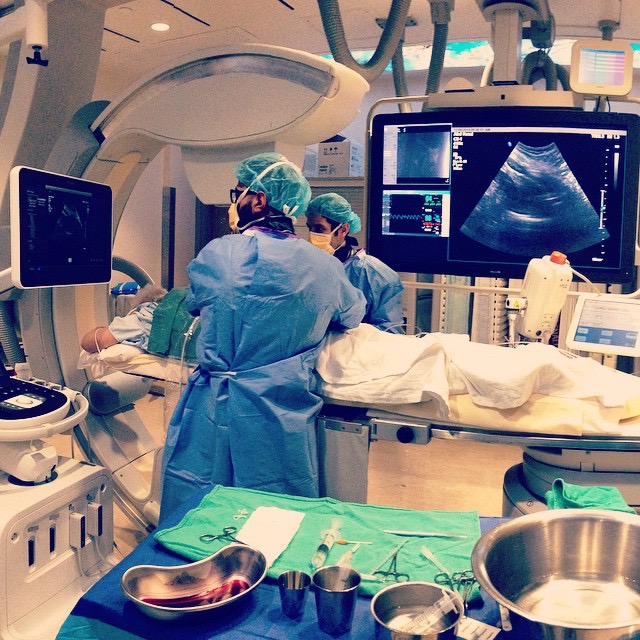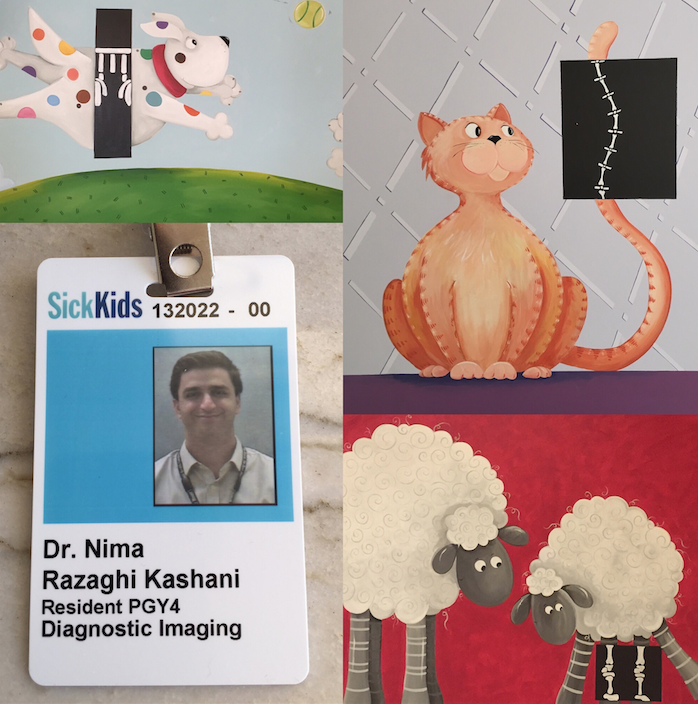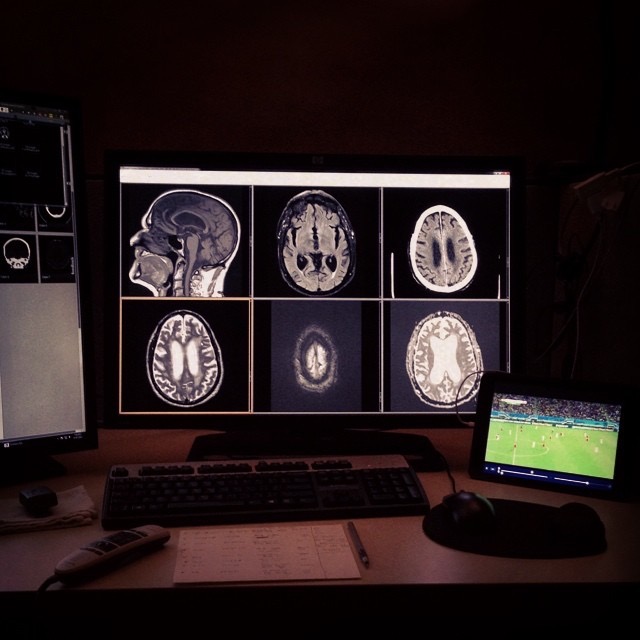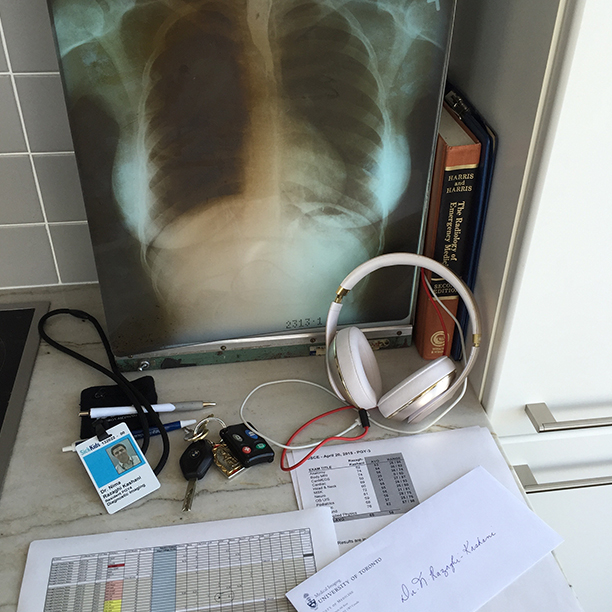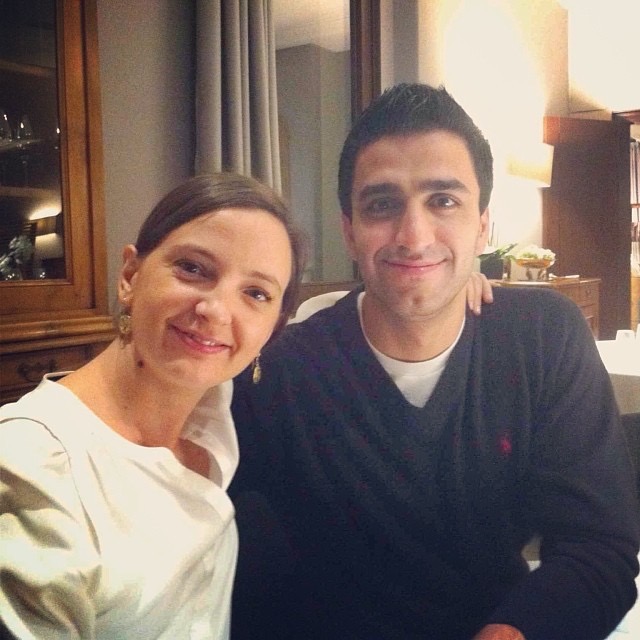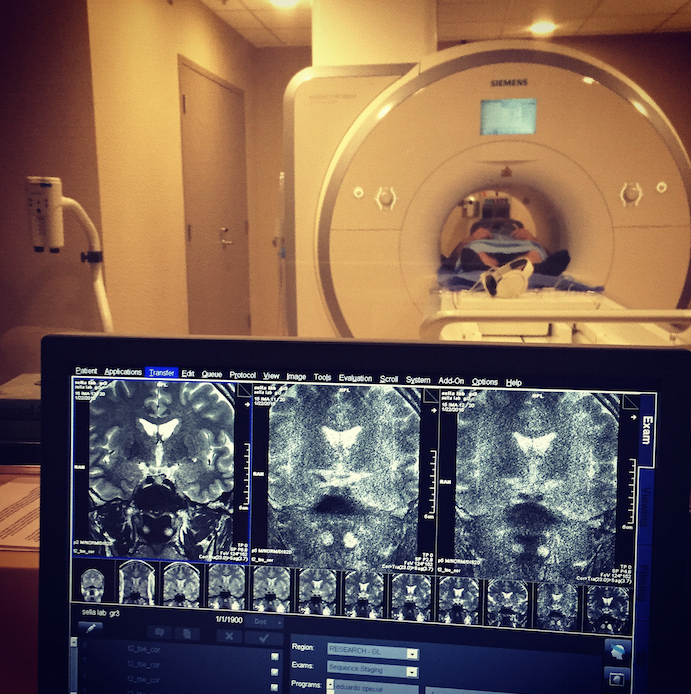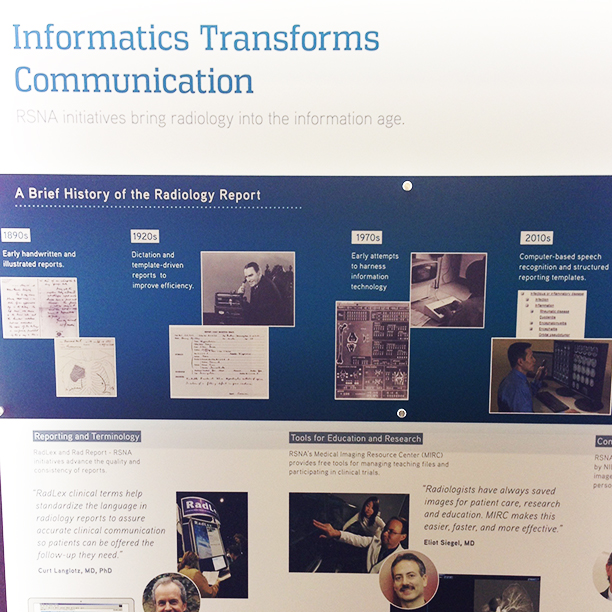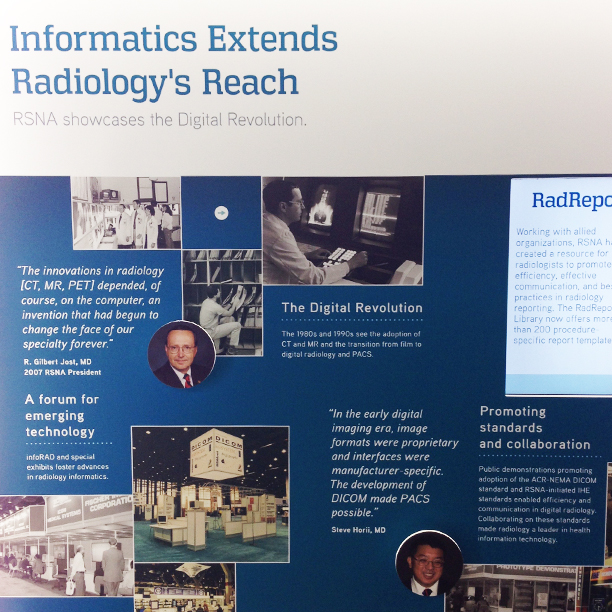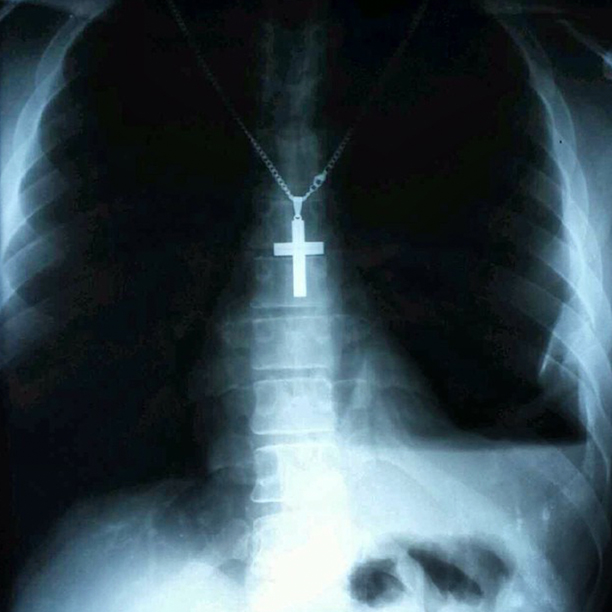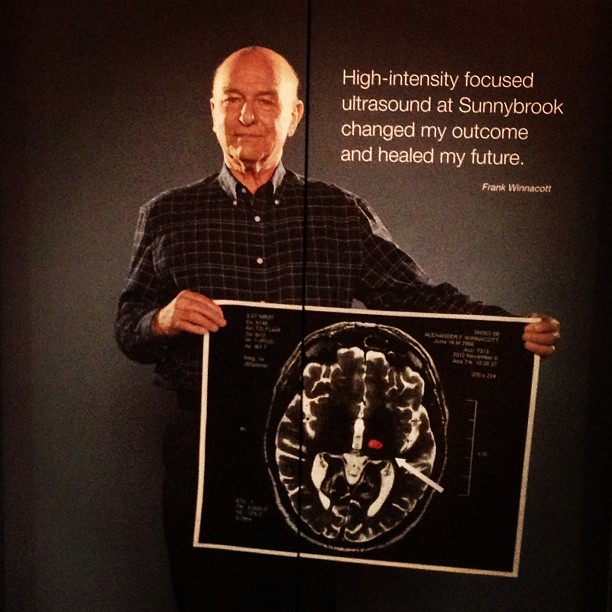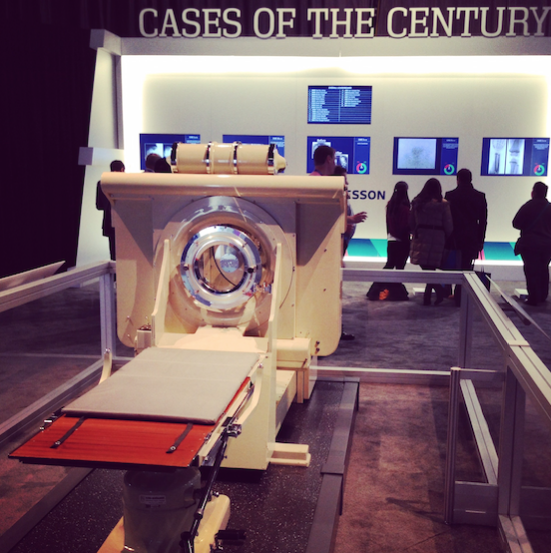WELCOME TO MY PERSONAL SITE.
I have highlighted some of my previous experiences and exposures on this site.
Am always interested in hearing new ideas and collaborating on projects!
Everyday Radiology Training
Travels and Adventures
The World of Radiology
Latest Tweets:
Twitter response: "Invalid or expired token."Latest Research Publications
Factors Influencing Nerinetide Effect on Infarct Volume in Patients Without Alteplase in the Randomized ESCAPE-NA1 Trial
CONCLUSIONS: Nerinetide treatment was strongly associated with smaller final infarct volumes among patients not cotreated with alteplase. The reduction in infarct volume was greater among patients with poor prognostic factors.
Dec.2024
Ultrafiltration During Cardiac Surgery Requiring Cardiopulmonary Bypass and Its Effect on Acute Kidney Injury
CONCLUSIONS: This study suggests that conventional UF is a potential risk factor for AKI incidence following surgery with CPB. The results demonstrate an association between higher weight-adjusted ultrafiltration volume and a higher incidence of AKI. Future studies should incorporate a multicenter, prospective approach to test the generalizability of the present findings and validate modified ultrafiltration strategies that use hemodynamic variables to determine fluid removal volume.
Nov.2024
Effects of reperfusion grade and reperfusion strategy on the clinical outcome: Insights from ESCAPE-NA1 trial
CONCLUSION: Better reperfusion degrees significantly improved clinical outcomes and reduced mortality, independent of the number of passes and whether eTICI 2c3 was achieved suddenly or gradually.
Oct.2024
Association between CT Perfusion Parameters and Hemorrhagic Transformation after Endovascular Treatment in Acute Ischemic Stroke: Results from the ESCAPE-NA1 Trial
CONCLUSIONS: Larger "core" volumes of relative CBF 30% were associated with an increased risk of PH following endovascular treatment. This particular metric, in conjunction with other clinical and imaging variables, may, therefore, help estimate the risk of post-endovascular treatment hemorrhagic complications.
May.2024
Prevalence of "Ghost Infarct Core" after Endovascular Thrombectomy
CONCLUSIONS: CTP ghost core occurred in ∼1 of 10 patients, indicating that CTP frequently overestimates the infarct core size at baseline, particularly in young patients with complete recanalization and short ischemia duration.
Jan.2024
Mediation of Age and Thrombectomy Outcome by Neuroimaging Markers of Frailty in Patients With Stroke
CONCLUSIONS AND RELEVANCE: In this cohort study, a secondary analysis of the ESCAPE-NA1 trial, most of the association between age and 90-day outcome was mediated by neuroimaging frailty, underscoring the importance of features like brain atrophy and small vessel disease, as opposed to chronological age alone, in predicting poststroke outcomes. Future trials could include such frailty features to stratify randomization or improve adjustment in outcome analyses.
Jan.2024
CT Perfusion Does Not Modify the Effect of Reperfusion in Patients with Acute Ischemic Stroke Undergoing Endovascular Treatment in the ESCAPE-NA1 Trial
CONCLUSIONS: CTP did not modify the effect of near-complete reperfusion on clinical outcomes. Thus, CTP cannot explain why some patients with near-complete reperfusion have poor clinical outcomes.
Aug.2023
Endovascular therapy in acute ischemic stroke with poor reperfusion is associated with worse outcomes compared with best medical management: a HERMES substudy
CONCLUSION: Poor reperfusion after EVT was associated with worse outcomes than best medical management, although no difference in symptomatic intracranial hemorrhage was seen. These results emphasize the need for additional efforts to further improve technical EVT success rates.
Aug.2023
Effect of incomplete reperfusion patterns on clinical outcome: insights from the ESCAPE-NA1 trial
CONCLUSION: IR was associated with worse clinical outcomes than near-complete/complete reperfusion. Two-thirds of our patients with IR had non-MT-accessible occlusion patterns which were associated with better clinical and imaging outcomes compared with those with MT-accessible occlusion patterns.
Jul.2023
Timing of invasive mechanical ventilation and death in critically ill adults with COVID-19: A multicenter cohort study
CONCLUSIONS: In critically ill adults with respiratory failure from COVID-19, early compared to late initiation of IMV is associated with reduced mortality.
Jun.2023
Web Development Projects:
Highlights
